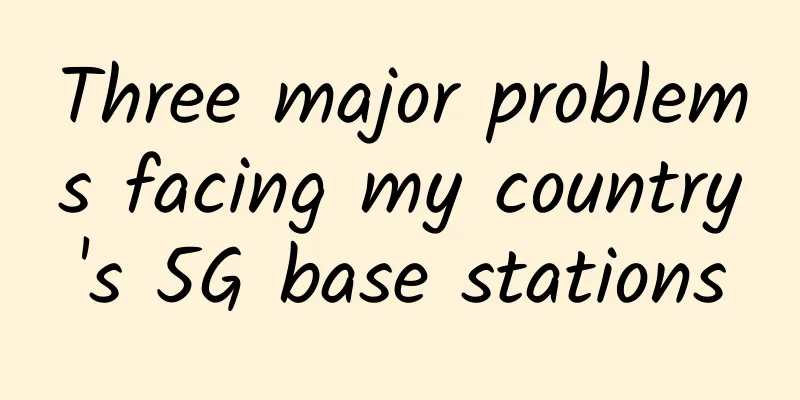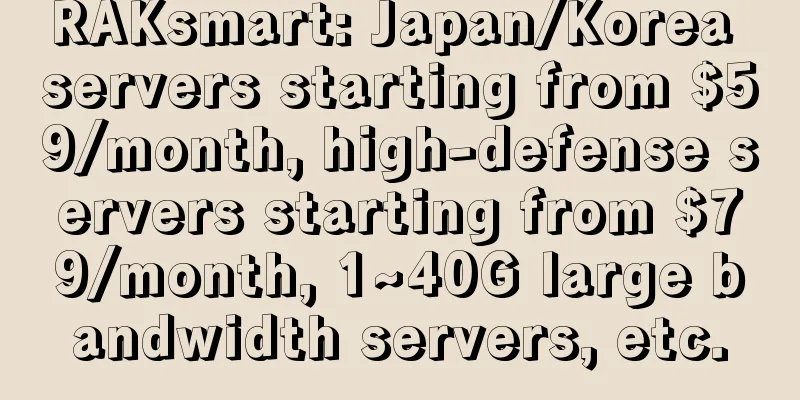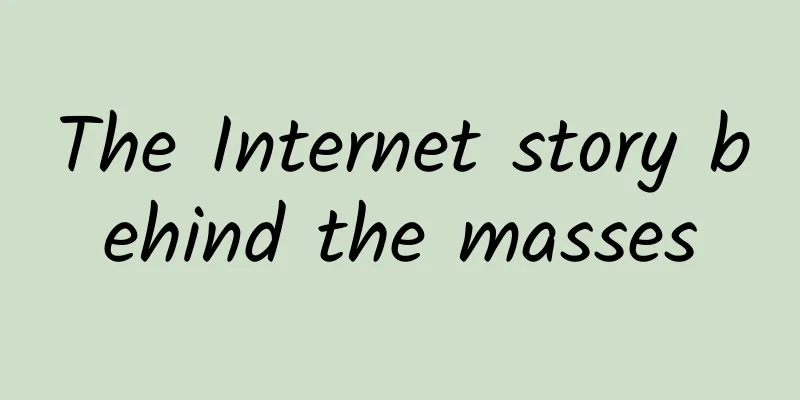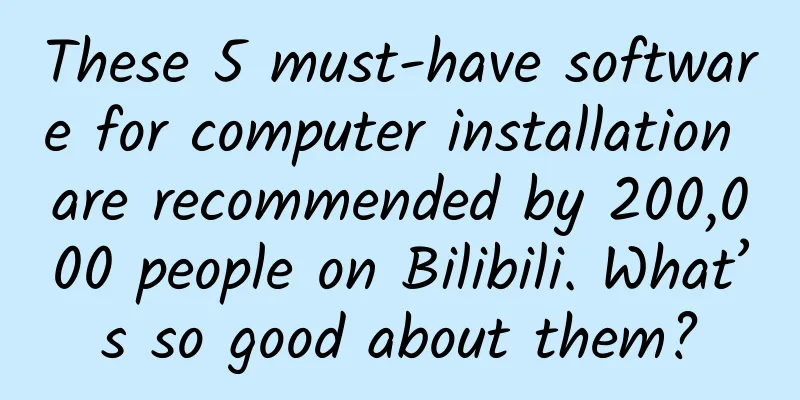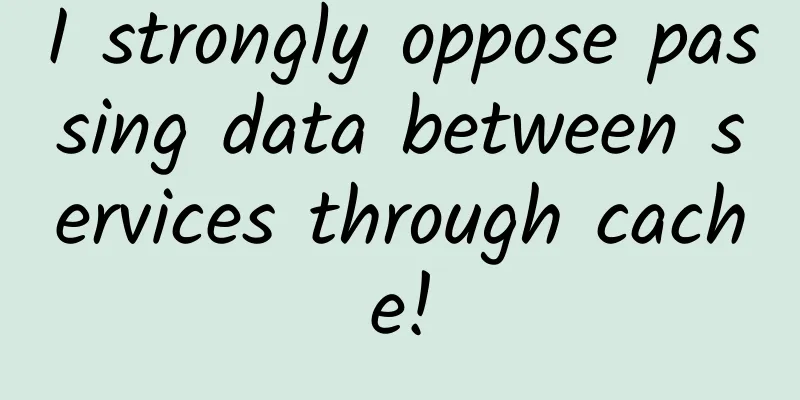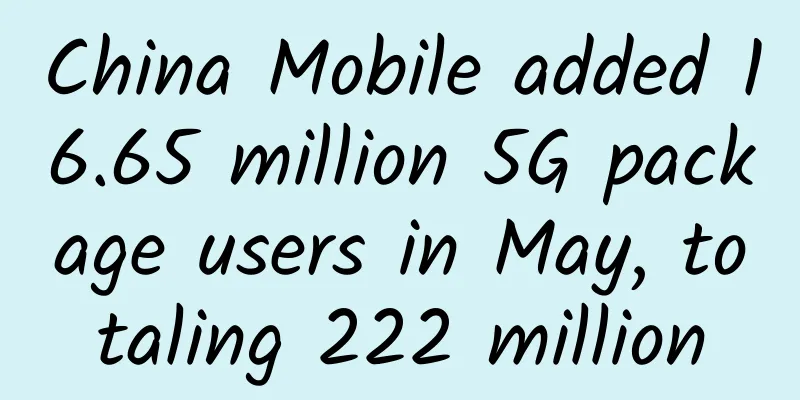Σco Time | Digital transformation of the healthcare industry after the epidemic from the perspective of ICT
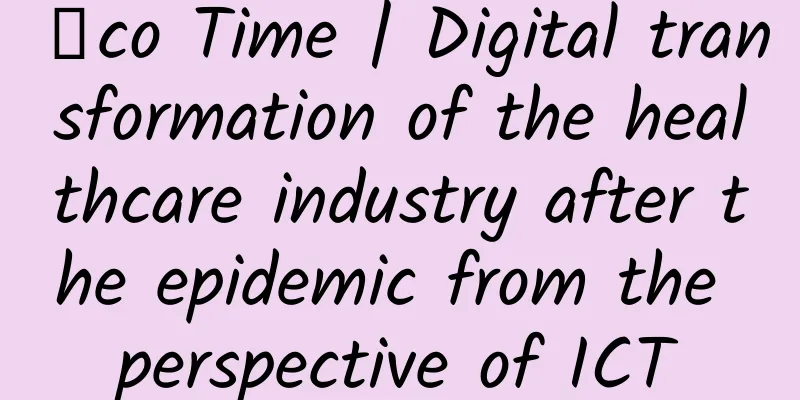
|
[51CTO.com original article] During the critical period when the whole country is united in fighting the epidemic, Huawei has specially launched the #Σco Time# series of columns, which discuss technological change and industry transformation in the form of online live broadcast + interaction. At 16:00 on March 13, Wang Gang, Huawei's medical industry solution consultant, was a guest in the #Σco Time# live broadcast room. He talked about his views on the digital transformation of the medical and health industry after the epidemic from the perspective of ICT. During the 60-minute live broadcast, he also shared the transformation trend of the information system of medical and health service institutions, and pointed out that the construction of the national health information platform and medical community will be accelerated, which was deeply recognized by the netizens watching online. The pain of the epidemic As a member of the information technology expert group of the health and health commissions of many provinces and regions, Wang Gang also serves as a consultant for the digital transformation of many large tertiary hospitals. With his keen perspective, he has captured the ten pain points exposed since the outbreak of the epidemic: 1. Reporting of major public health epidemics was not timely enough, and scientific prevention and control plans were lacking; Second, the construction of public health and disease prevention and control systems is not compatible with economic development; 3. The emergency response mechanism is unable to cope with sudden major public safety incidents; Fourth, scientific and technological innovation is not targeted at clinical problems, data sharing and transformation application channels are not smooth, and there is a lack of laboratories with relevant safety levels; 5. Insufficient medical supplies and strategic reserves to respond to major public health emergencies; 6. Public health emergencies expose insufficient professional capabilities and a lack of evidence-based decision-making capabilities; 7. There is a significant lack of public opinion response and guidance capabilities for public health emergencies; 8. The assessment and response system for "secondary disasters" after the outbreak needs to be strengthened; 9. The concept of ecological civilization is absent and the supervision of the wildlife market is weak; 10. The civic quality and scientific literacy of the people need to be improved urgently. Turning our attention back to the healthcare industry, what value can ICT bring to it? He said that first of all, ICT can be closely integrated with the sudden prevention and disposal links of emergency control. Secondly, in the process of the whole society fighting the epidemic, ICT can connect the networks and data between various cross-departments such as medical care, government affairs, transportation, and community. Finally, in the interconnection, construction and upgrading of emergency prevention and control systems and medical insurance systems, based on ICT technology, operators play an important role in these fields. He gave an example to explain that before an incident, big data and AI technology can be used for preheating and risk assessment. During the incident, ICT solutions such as remote consultation, inter-hospital collaboration, and cloud-based diagnosis and treatment resources can effectively handle problems such as emergencies in the medical industry. Afterwards, ICT solutions such as the national population health database and the interconnection of medical insurance information can realize the interconnection of diagnosis and treatment across the country as soon as possible. "On the whole, information 'interconnection' and digital transformation are urgent needs of the industry." Analyze the four key points of transformation and create a new pattern of integrated medical and health services Wang Gang said in the live broadcast room that the ideal emergency response mechanism should have the characteristics of full participation, full connection, full sharing and full coordination. Taking the major infectious disease monitoring and command and dispatch center as an example, it should achieve full participation in all aspects of prevention, control, guidance and treatment, and all departments should be highly connected and coordinated to share information in real time. He summarized the four key points of emergency management response capabilities for major public health events: First, establish a public health event emergency management cloud network collaborative platform to connect hospitals, health commissions, public security, transportation, media, tourism, communications and other institutions; second, integrate the national population health big data, operator communication big data, Internet information big data, smart city big data, etc., and provide unified early warning, screening and deployment capabilities through AI technology; third, adopt new technologies such as the Internet of Things and blockchain to ensure the traceability management and orderly allocation of emergency materials; fourth, through the normalization of high-precision and high-efficiency "machine vision" detection technology and equipment configuration, combine it with residents' health file (health card/code) information and record and track it online. Wang Gang also gave his own views on which ICT technologies can be used to accelerate the transformation of the medical and health industry, which is of great concern to people. He gave several examples: in terms of digitalization of individual medical personnel, 5G+ smart wearable devices can be used to enhance the diagnosis and treatment efficiency and quality of front-line medical staff; in terms of medical alliances, 5G+ cloud network technology can be used to realize cross-hospital and cross-regional medical consultation and accelerate the consolidation of tiered diagnosis and treatment; on the national medical insurance unified platform, real-time data sharing and interaction can be carried out to build a credit system in the medical and health field; in addition, artificial intelligence-assisted diagnosis technology is included in the construction requirements of grassroots hospitals in various regions to enhance the medical and health service capabilities and service scope, and a "contactless" trustworthy and visual payment model can be realized based on smart wearable devices. "We hope to promote the transformation of medical and health services through innovative technologies, especially in terms of full connectivity and intelligence. ICT technology has inherent advantages and can achieve cross-institutional and cross-departmental coordination of the entire medical and health sector." Wang Gang pointed out, "Through ICT technologies such as AI, big data, cloud, blockchain, and 5G, we will eventually create a new pattern of integrated medical and health services with blurred boundaries and integrated functions." Huawei 5G+Cloud+AI enables universal health services and promotes a healthy China Huawei has been committed to empowering universal health services with 5G, cloud, and AI to build a healthy China, relying on its more than 30 years of deep accumulation in the ICT field. Currently, Huawei has cooperated with many industry partners to develop rich applications in benefiting the people, medical care, and government. On the big screen of the medical and health resource management and prevention and control command center of a local health commission, there is a visual analysis system that aggregates various information, such as medical resource statistics, unified personnel entry and exit, epidemic consultation statistics, epidemic prevention statistics, statistics on personnel from epidemic areas, and statistics on checkpoints. Behind the display of these data results is the support of Huawei's multiple services that integrate 5G, cloud infrastructure, information integration platform, big data artificial intelligence platform, converged communications, and data layer. In the field of grassroots public health service support, Huawei has created a 5G health express, which promotes the establishment of a telemedicine application system through 5G technological innovation to achieve health care for the benefit of the people. On the Huawei 5G health express, experts from tertiary hospitals can remotely support rural grassroots clinics, conduct ultra-high-definition video guidance and remote consultation, and bring into play the value of mobile clinics even if there is a lack of on-site medical staff. In the mobile shelter hospital in Wuhan, WiFi was difficult to deploy. Huawei, its partners, and operators quickly deployed a 5G-based smart care system, which includes mobile doctor workstations, smart vital sign collection terminals, infusion monitors, and other integrated equipment to help medical staff treat patients efficiently. Even if the shelter hospital is closed, these systems can still be used in the fields of smart care and smart health care. On the one-stop medical collaborative work platform, multiple applications such as video command, remote consultation, isolated visit, and cloud monitoring of key areas can be realized based on Huawei Cloud WeLink. Huawei provides client SDK open capabilities, and various PC applications and apps are integrated with video and other capabilities, and connect various software and hardware devices, mobile devices, smart devices, and diagnostic and treatment equipment, which improves the convenience of collaboration. On the smart hospital operation platform, Huawei has collected data from more than 20 information systems in the hospital through multiple solutions such as cloud, 5G, and WiFi, and integrated data, business, and messages to form a smart hospital IOC, thereby realizing hospital asset management, business data management, energy consumption management, and resource visualization, helping hospitals to truly achieve "data availability, status visualization, business management, and event control." These applications are actually only a small part of Huawei's ICT solutions for smart healthcare. When the medical industry sees the power of ICT technology in the fight against the epidemic, we have reason to believe that ICT will appear more and more frequently in various application scenarios in the medical industry in the future. Huawei will also bring stronger impetus to the medical industry, accelerate the digital transformation of the healthcare industry, and help improve the level of global medical digitalization. [51CTO original article, please indicate the original author and source as 51CTO.com when reprinting on partner sites] |
<<: 5G is so good, but how many people can afford the data charges?
Recommend
All websites must complete IPv6 transformation by the end of the year? MIIT responds
Today, according to the official WeChat account o...
The 5G Revolution: Unveiling the Future of Healthcare
Evan Kirstel, Chief Digital Evangelist and Co-Fou...
Graphic: A brief history of router architecture
Over the past 50 years, we’ve made a lot of progr...
DAGW: Exploration and Practice of Data Aggregation Gateway
Business Background Bilibili is a video community...
Three-minute review! A quick overview of 5G industry development trends in April 2021
Since April 2021, my country's 5G development...
China's digital economy reaches a turning point from big to strong
[[396176]] On April 25, the Cyberspace Administra...
Overview of the five major 5G wireless technologies
Two of the five most important wireless technolog...
Intellectual Property Day | The global 5G patent contribution map has been determined, and the 6G patent race has started
"Knowledge is power." Intellectual prop...
When will 5G take off and cover more than 1 billion people worldwide by the end of this year?
2019 is the "first year" of 5G commerci...
The development of the Internet of Things depends on technological progress
The Internet of Things is an important part of fu...
Is your online office software a helper or a killer?
Zoom, the leading video conferencing company, wit...
8 Internet startups that could change the industry
The current network industry seems to no longer f...
How to attract and train talents in the era of the Internet of Things
We are experiencing a worldwide war for talent wi...
Three tips for data center network maintenance
The network is the most important component of th...
Academician Wu Hequan: "Spectrum Blockchain" can be used to solve the 5G spectrum shortage problem
At the 2020 China Radio Conference which opened y...
